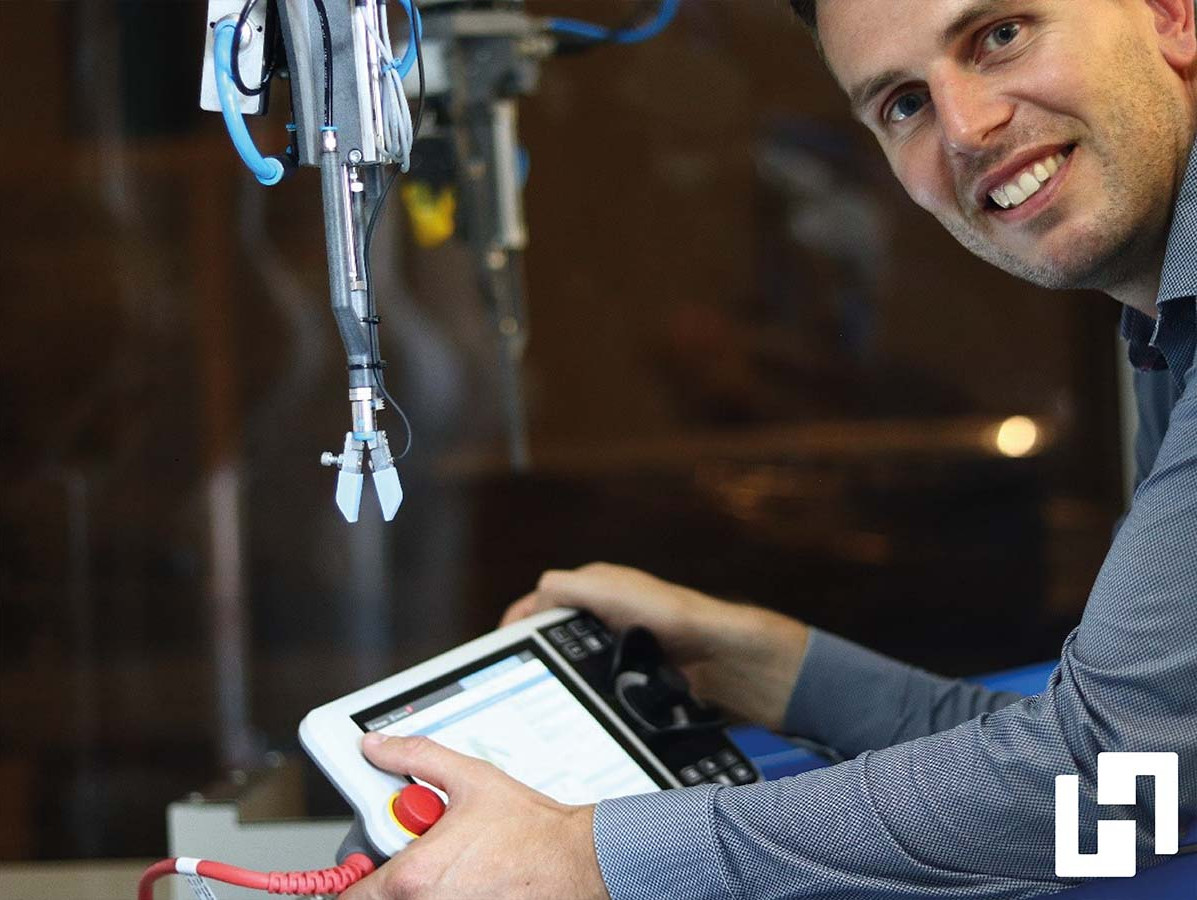
Attracting new production staff and retaining current employees is becoming increasingly difficult. In some cases, the latter is simply not feasible. Employees retire, become chronically ill, or relocate. If they resign voluntarily, it is often because they find the work either too monotonous or too demanding.
There are numerous benefits to using a robot. A robot does not take vacations, never falls ill, does not request leave, and can operate 24/7. Its range is greater, and its robotic arm can lift heavier loads than a human. It works more precisely, faster, and—if equipped with vision technology—can detect even the smallest deviations. The output is always consistent, human errors are eliminated, and its precise operation leads to less waste.
Are there any downsides? The biggest disadvantage is the cost. A robot typically requires a significant investment and regular maintenance. If vision technology is needed for its operation, the costs can increase considerably. Nevertheless, the investment is justifiable, and the robot pays for itself. It also reduces recruitment costs for new staff, eliminates the need for replacements during illness or vacation, and allows for extended production hours.
Another drawback is the preparation time needed to ensure everything functions properly. For simple tasks, this may not take long, but for more complex operations, it often does, as the robot needs to "learn" what to do. However, once the robot is programmed and operational, no company wants to be without one. In many areas of the production process, manual work can be replaced by robots. As a result, the production worker takes on a new role, becoming responsible for operating the robot, which enhances job satisfaction.
More info: www.hellebrekers.nl/robotica
Source: Hellebrekers